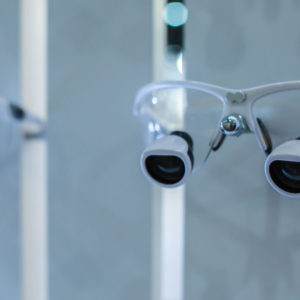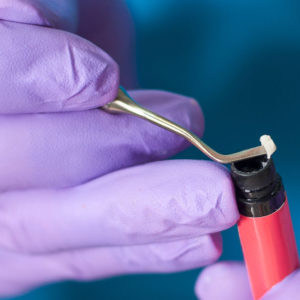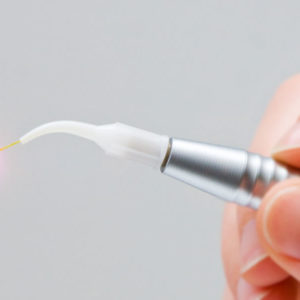
Obturation Strategies for Root Canal Treatment
Once a tooth is compromised beyond the point that it can be directly restored, the next recommendation may be a root canal. With today’s emphasis on minimally invasive treatment, this option versus implant placement can make a lot of sense. Filling the Void Root canal treatment involves cavity preparation, shaping… Read More

Caries Detection Strategies
The incidence of caries remains a central oral health problem in the United States. Many in the dental community believe that prevention is the best medicine in the fight against caries, with early caries detection as a close second. Recent statistics show that approximately 18.6% of children age 5 to… Read More

Magnification in Dentistry
When you ask dental professionals what they see as the most important recent development in dentistry, many will tell you it’s magnification. After all, dentists can’t treat what they can’t see. Thanks to magnification in dentistry, we now know that disasters in waiting—from open margins to accessory root canals—were being… Read More

The Benefits of Composite Resin in Direct Dental Restorations
The advent of adhesive dentistry in the 1950s was a boon to the dental profession. The availability of composite resin formulations, often coupled with bonding agents, enables clinicians to place tooth-colored fillings, which by most esthetic standards, beat the heck out of silver fillings. In addition, their placement is less… Read More

CAD/CAM Technology Benefits
When it comes to designing and manufacturing dental prostheses and appliances in contemporary dentistry, it’s hard to beat computer-assisted design and computer-assisted manufacture (CAD/CAM). For dental practices, having this technology in-house can provide a boost to the bottom line, through increased efficiency and patient satisfaction. CAD/CAM systems are used in… Read More

Combining Hand Instruments with Ultrasonics for Winning Outcomes in Dental Hygiene
When oral biofilm is allowed to run roughshod over dental surfaces, it can spread subgingivally, triggering gingivitis and periodontal disease. To eradicate subgingival plaque and calculus, clinicians, typically dental hygienists, perform nonsurgical periodontal therapy (NSPT), usually in the form of scaling and root planing (SRP). Traditionally, the armamentarium for this… Read More

Using Soft-Tissue Lasers in Frenectomies
Lasers hit the dental scene in the 1960s and their use in a range of procedures involving both hard and soft tissues has continued to grow ever since. One type of procedure in which lasers are finding their niche is in frenectomies. There are different types of lasers, with varying… Read More

How to Safely Remove Amalgam Fillings
Most of us past a certain age have had — and may still have — amalgam fillings in our teeth. These types of restorations can last a long time. But as long-lived and durable as amalgam fillings are, unlike composite materials, they are not adhesive so their placement requires rather… Read More

Dental Sealant Application and Retention
As most dental professionals know, the use of preventive measures on teeth, such as a dental sealant application, can help patients avoid big-time renovation down the road. In fact, the Centers for Disease Control and Prevention (CDC) reports that sealants can reduce the incidence of caries by as much as… Read More

How Dental Professionals are Reaping the Rewards of Ultrasonic Technology
Many busy clinicians, regardless of specialty, are reaching for ultrasonic technology to improve their level of care. Today, dental practitioners need more than an explorer and a drill to provide patients with high-quality, efficient, minimally invasive, safe — not to mention comfortable — oral health care. So, it’s no wonder… Read More
 (800) 560-6066
(800) 560-6066